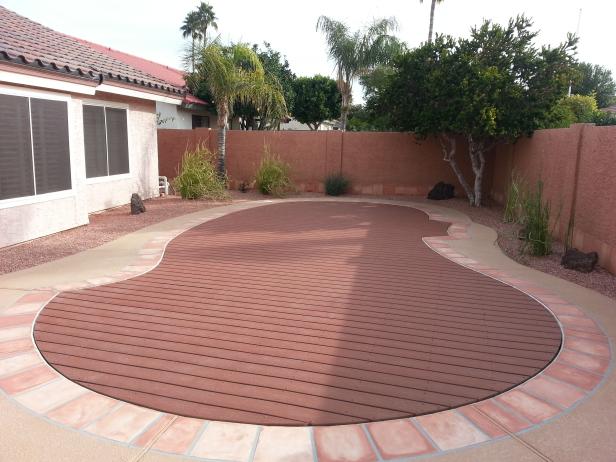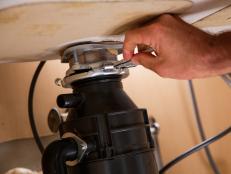5 Ways to Get Rid of an Unwanted Inground Pool


Image courtesy of Deckover Pool Retirement
An inground pool can be a fabulous centerpiece of backyard living, but there are situations in which having this recreational fixture on the property becomes a source of frustration for the homeowner. A longtime owner may face costly repairs to an older pool, lose interest in swimming and don’t want to continue spending the hundreds or even thousands of dollars it takes to maintain a pool or hope to reclaim the lost real estate in the yard for mother purposes. Those considering purchasing a house with a pool already installed may not want to undertake the risks or expenses of an inherited pool. Whatever the reason, removal or repurposing on an inground pool can be challenging, expensive or even dangerous.
For those considering getting rid of an inground pool, research is key, but the results can be well-worth the effort. Here are a few options for those looking to become former pool owners.
Cement Pond
Take a tip from "The Beverly Hillbillies" and consider converting your inground swimming pool into a koi or wildlife pond. This option won’t put an end to maintenance or insurance costs and may require new equipment, partially filling the pool with gravel or even installing a new liner, but can transform an unused responsibility into a tranquil water feature that adds beauty and diversity to your backyard environment. In some cases, a pool-to-pond conversion is reversible, leaving the possibility of restoring your backyard pool in the future. Research best methods for conversion and consider if the effort is worth the expense.
Convert to Garden Space
If the space is destined to become a garden plot, removal of the pool itself may not be necessary, but it’s not as simple as filling the pool with soil. Holes must be drilled in the bottom of the pool to allow for drainage. The soil required can be costly and should be effectively compacted to keep your garden plot for sinking over time. To visually eliminate evidence of the pool, the decking and top few feet of the pool itself may be removed and buried. Check and see if permits are required before undertaking this conversion and consider professional assistance. Although the pool may become an unseen memory, expect to disclose its presence when selling the property.
Sunken Greenhouse
For the serious gardener, some pools can be leveled with gravel and converted into a sunken “pit” greenhouse, using the earth to provide stable temperatures for growing plants. Although this can be an economical and effective answer for some, not all pools are appropriate. A pool left drained can quickly become a victim of the surrounding water table and may collapse or even be pushed out of the ground. Consult a professional before considering any conversion that may pose a threat to the structure or its surroundings.
Cover it Up
Find a company specializing in pool-to-deck conversions. Conversions will completely cover an inground pool, sometimes employing pumps to keep standing water from collecting in the pool below. For a homeowner interested in using the location as an outdoor living space, a deck conversion is a straightforward solution and eliminates the significant expense of outright removal.
Removal
Finally, perhaps the most obvious answer is complete removal of the pool. This is no small project, involving demolishing the structure, removing the debris and filling the resulting hole with tons of compacted dirt. Best left to professionals, removal of an inground pool can cost as much as $15,000, but allows complete recovery of yard space and permanently puts an end to the maintenance costs of a pool that accrue even when not in use.













































